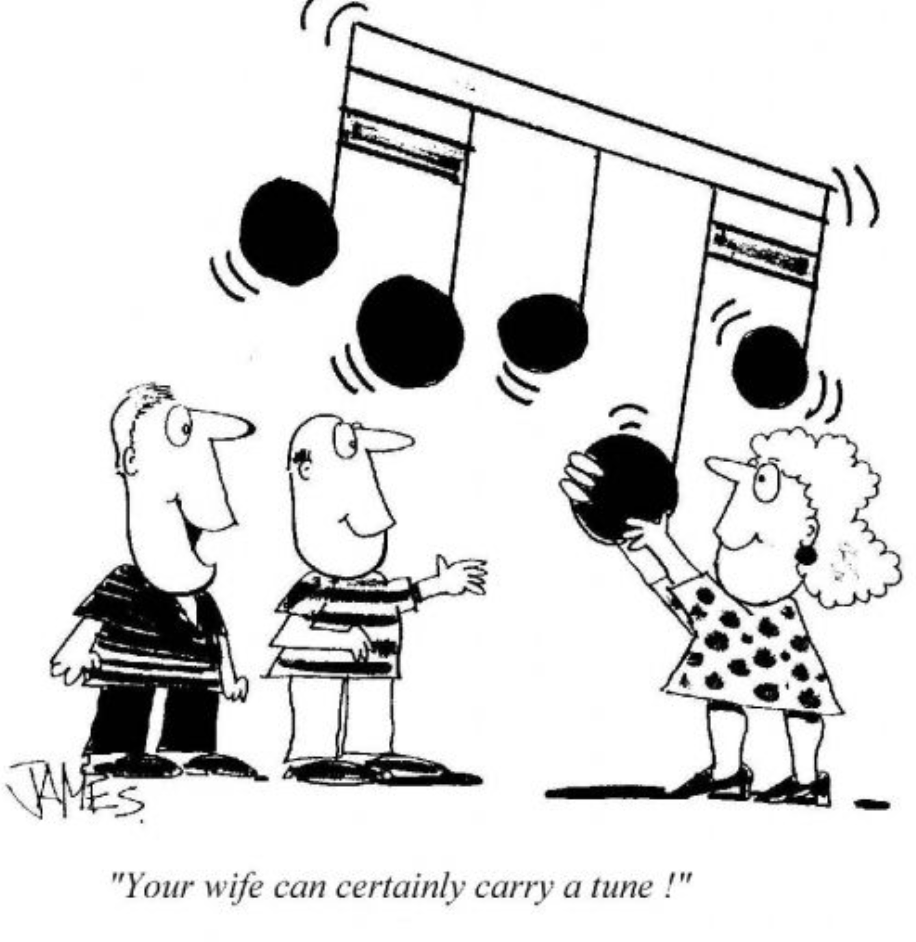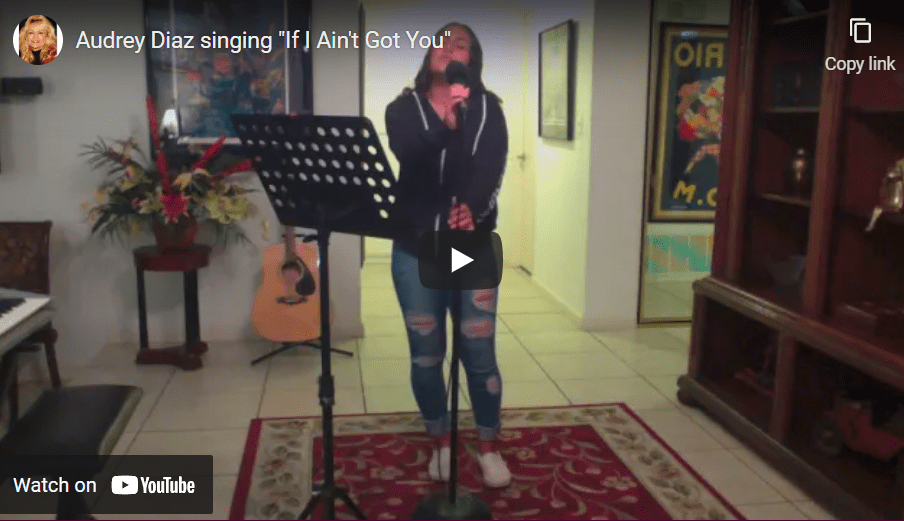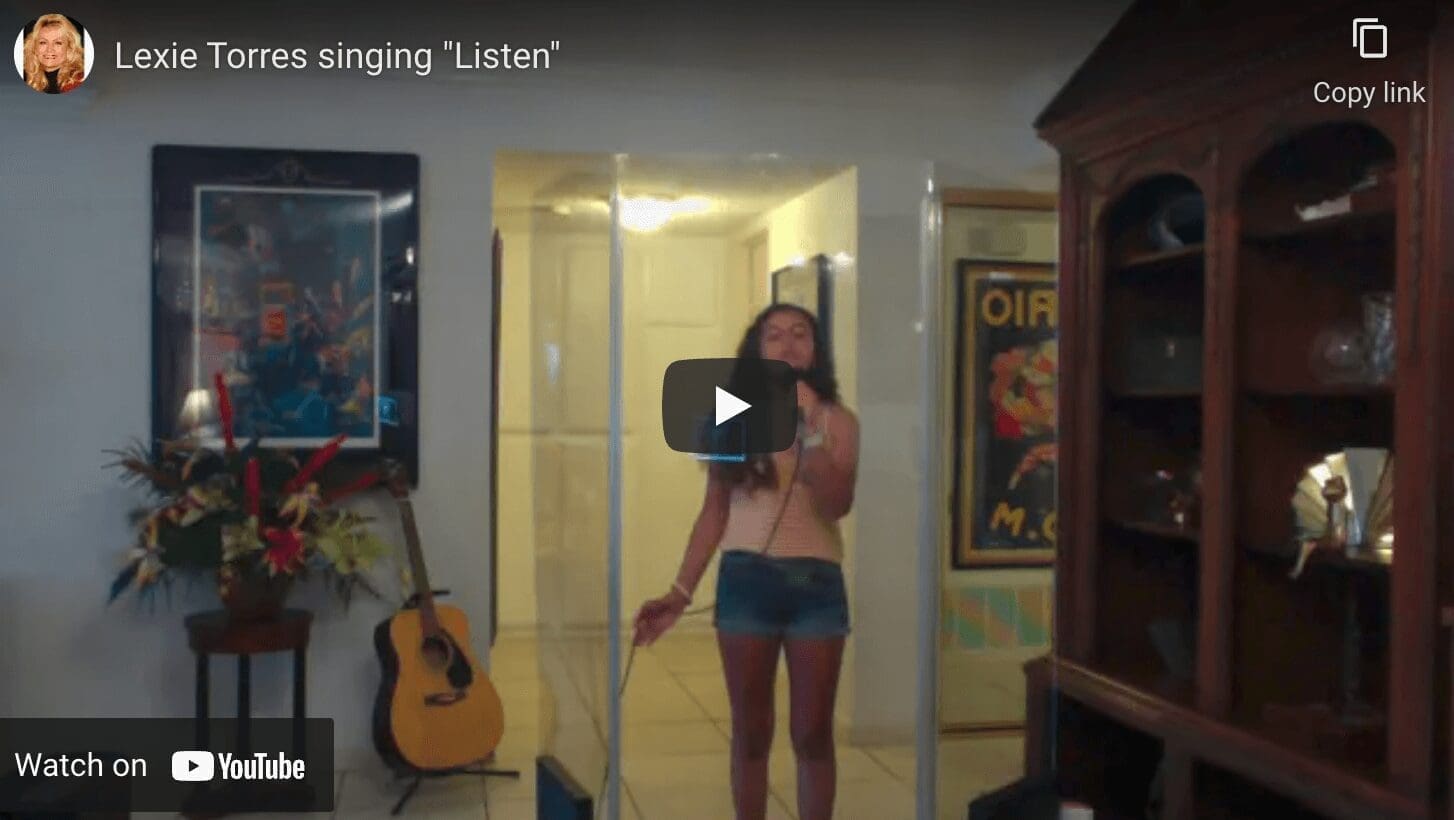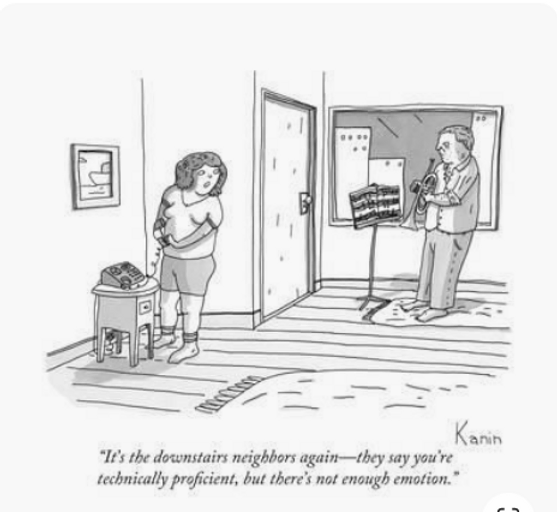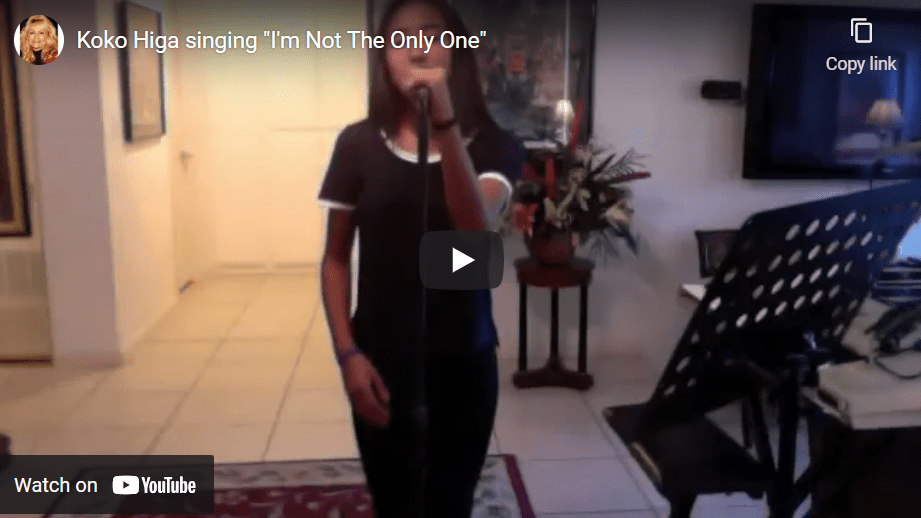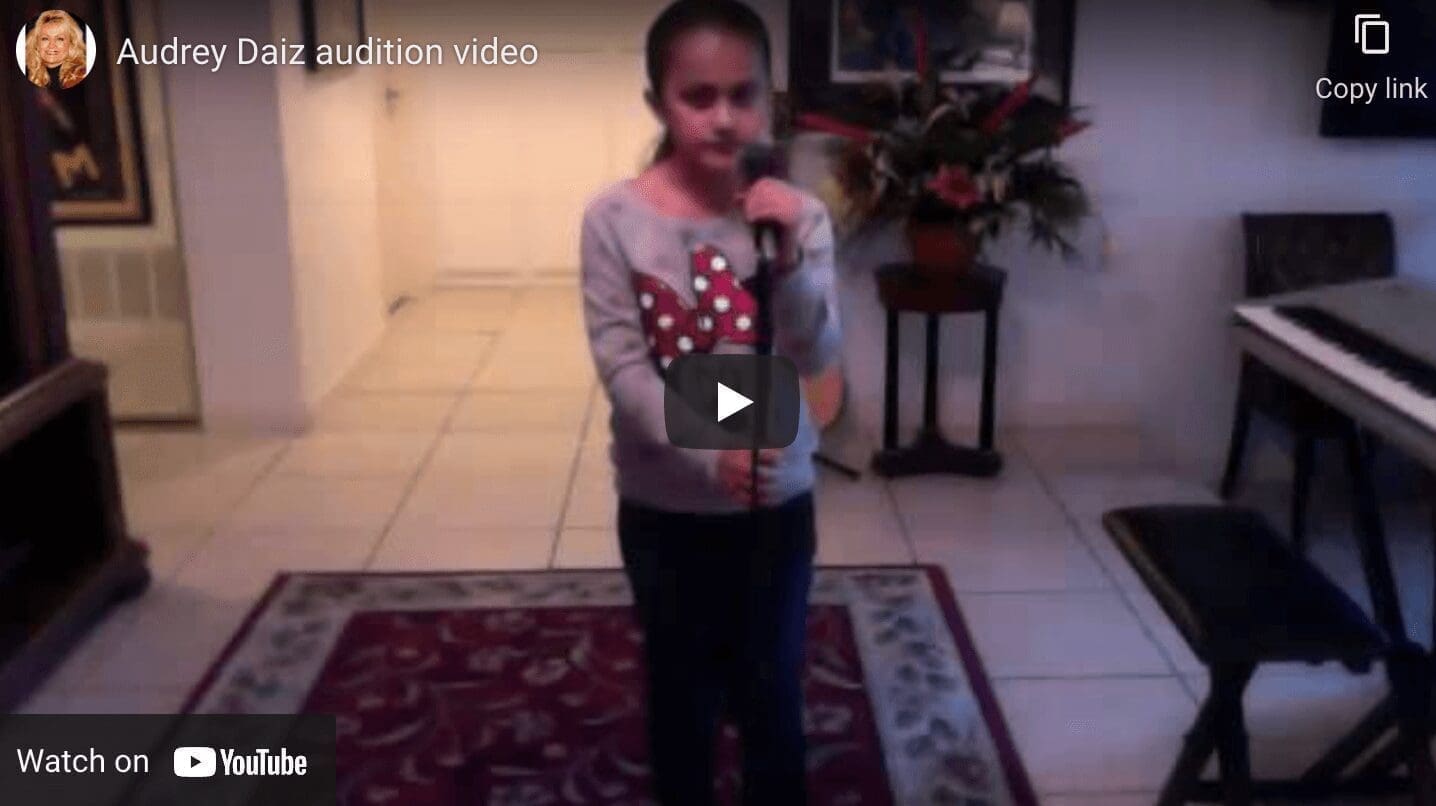Explore the Michelle Ostrove Blog
The dreaded vocal breaks in the voice can be a singer’s worst nightmare. It’s when your voice loses connection, your throat muscles constrict and you lose control of the sound, it cuts off. Sometimes your voice will crack or you can hear a shift in the voice to a terribly weak or thin sound. It’s important to understand what causes the problem and how to fix it when you sing. When these things happen your throat is constricting, the muscles…
Read MoreMost music genres could sound better in utilizing a controlled voice. Some country and pop stars have a very nasal sounding voice. You can determine the big difference between a nasal voice and a non-nasal voice by plugging your nose while singing. Nasality is used in some genres of music. A lazy soft palate results in a nasal sound Everyone has a slightly different quality to their voice. People that speak with a nasal voice can sound as though they’re…
Read MoreThe number one difference between a good singer and a great singer who leaves an impact on someone’s life is singing with true feeling and emotion. To really connect with the audience, a singer must dig deep and connect with their own true emotions. Connecting with your own emotions will take your performance to the next level. The same goes for a pianist, the difference between a good pianist and a great pianist is the feeing and emotion that comes…
Read MoreWhen a singer is singing in their head voice it is described as vibration felt in the upper half of your face. It is the sound that you experience in your skull or your head when you are singing at a high voice level. If you try to make a siren sound like “WEE-oww” or Waaaaaahhhhhh”, you will feel the vibration in your head. The definition of singing in falsetto is a method of singing (usually a male singer) higher…
Read MoreIt is possible to expand your vocal range at any age. If you just started singing or maybe you’ve been singing for a decade, you can always work on extend your vocal range. There are a few things you need to do to lengthen your singing range higher and lower. First, it is very important to use proper technique, which means keeping your larynx in a rest position, never forcing it up or down (allowing it to rise or fall…
Read MoreFrom a young age, singers will mimic or try to sing like some of their favorite artists. You can develop your own unique style by copying other artists. Any artist will tell you they got their own style by first copying their favorite stars. Here’s what to do: Create a list with 5 or 6 of your favorite singers; choose the ones you want to sound like. Make sure their voices resonant with you. Once you’ve built your list of…
Read MoreFirst, you need to know that difference between a run and a riff. Lots of singers use runs and riffs to enhance the song they are singing. They are both a melodic sequence of notes. How do you tell the difference between the two? The difference is in the length of the sequence of notes. A run is a long sequence of notes starting high and dropping quickly (within a second or two) through the scale down to lower notes.…
Read MoreYes, be dramatic in your practice sessions it does not matter is you are rehearsing voice or playing the piano, over exaggerate! Pretend you are in a musical and really overemphasize; while you are exaggerating your emotions, movements and facial expressions, you can see what works and what does not work. Make sure you record yourself as you practice. Then watch the video recording as if you were watching a friend’s video and you needed to give them feedback. Try…
Read MoreSinging, piano and acting auditions are a difficult art to master. The whole process of an audition can be very nerve racking. Here are some tips to help you crush your next audition! Always be prepared! If you have rehearsed the song thoroughly and have put in the time to prepare, you will be much more at ease. It’s important to keep your voice and piano fingers are in tiptop shape. Singing and playing piano everyday is essential for keeping…
Read MoreEvery singer needs to know how to control the larynx. The larynx (voice box) is a tube-shaped organ in the neck. The larynx controls the vocal folds (which are inside the voice box) when you sing; the air should pass freely through the larynx (voice box) and not be restricted. If the air is allowed to pass through freely and not be restricted by the muscles in the throat closing, the result will be a bigger and fuller sound in…
Read More